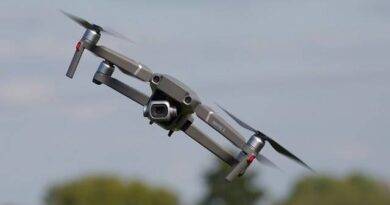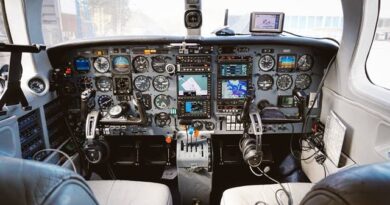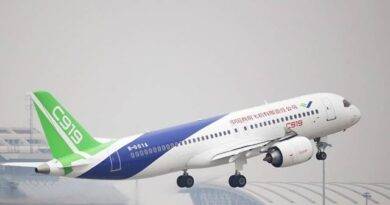October 29 and the Turkish Stars: Celebrating National Pride through Aerial Acrobatics
October 29, 1923: The Foundation of Modern Turkey
October 29, 1923, is one of the most significant dates in Turkish history. On this day, Mustafa Kemal Atatürk, the founder of modern Turkey, officially declared the establishment of the Turkish Republic. The proclamation of the Republic was a radical transformation, moving away from the Ottoman Empire’s sultanate system to form a secular, democratic nation-state. This day, celebrated annually as Republic Day, symbolizes Turkey’s journey to independence, modernization, and self-determination. It’s more than a commemoration; it’s a tribute to the vision, courage, and resilience of Atatürk and the Turkish people who embraced a new identity and way of governance.
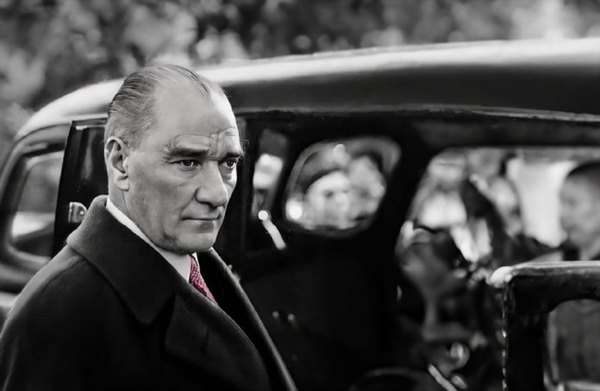
Turkish Stars: The Pride of Turkish Aviation
In honoring the spirit of October 29, the Turkish Stars aerial acrobatics team plays a vital role. Established in 1992, the Turkish Stars are the aerobatic demonstration team of the Turkish Air Force. The team’s importance extends beyond aviation, symbolizing Turkey’s military prowess, discipline, and technical capability. Known for their complex formations, thrilling maneuvers, and high-speed aerial displays, the Turkish Stars are unique in using eight supersonic NF-5 fighter jets, making them the only team in the world to perform with such powerful aircraft in close formations.
The Turkish Stars perform across Turkey and internationally, carrying Turkey’s flag with pride and showcasing Turkish skill, precision, and expertise to the world. Each maneuver is carefully executed, reflecting the strength, agility, and unity of the Turkish Armed Forces.
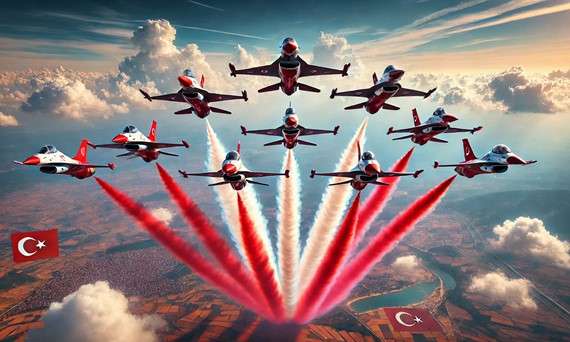
Solo Türk: Precision in Solo Flight
In addition to the Turkish Stars, Turkey has another prominent aerobatic display: Solo Türk. Founded in 2010 and made its public debut in 2011, Solo Türk performs solo aerobatics with an F-16 jet. The pilot’s skill and the aircraft’s capabilities are on full display as Solo Türk maneuvers in precision-based, complex performances. This solo show highlights a different aspect of Turkish military aviation, where the focus is not on team formations but on the seamless integration of man and machine.
Solo Türk is celebrated for its dramatic flights, rapid spins, and sharp turns, captivating audiences by pushing the F-16’s capabilities to its limits. Together, the Turkish Stars and Solo Türk offer a balanced representation of teamwork and individual skill, emphasizing the versatility and power of the Turkish Air Force.
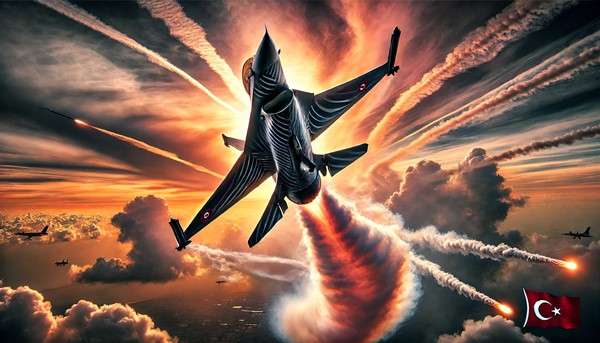
The Cultural Significance of Aerobatic Shows
Aerial shows like those by the Turkish Stars and Solo Türk hold special cultural and national significance. These displays are more than mere entertainment; they are a celebration of national pride, technological advancement, and skill. For Turkey, these performances are especially poignant as they often coincide with national events, such as Republic Day. They remind citizens of their national identity, unity, and strength, celebrating Turkey’s accomplishments in modern defense technology and aviation.
Aerobatic performances evoke pride and unity, stirring emotions as they embody the collective memory and aspirations of a nation. Watching the Turkish Stars in flight, audiences are reminded of their shared history, the sacrifices of past generations, and the resilience that built modern Turkey.
Mustafa Kemal Atatürk’s Vision and Legacy in Aviation
Mustafa Kemal Atatürk’s vision for Turkey extended beyond politics and governance; he aimed to make Turkey a technologically advanced nation. He believed that progress in aviation would be essential for Turkey’s modernization and global standing. His famous saying, “The future is in the skies,” underpins the Turkish Air Force’s philosophy and motivates initiatives like the Turkish Stars and Solo Türk.
Through these aerial shows, Turkey pays homage to Atatürk’s legacy. The Turkish Stars represent the realization of his dream for Turkey to be self-sufficient, powerful, and innovative. As these jets streak through the sky, they honor Atatürk’s mission to build a modern, proud, and capable nation.
Conclusion
October 29 marks a profound moment in Turkish history, a celebration of independence and national identity. The Turkish Stars and Solo Türk embody this spirit, bringing the values of precision, unity, and resilience into the skies. Through their acrobatics, they convey a message of strength, pride, and unity. Each loop, dive, and formation speaks to the enduring legacy of Mustafa Kemal Atatürk, a tribute to his vision for a modern and empowered Turkey.
References and Further Reading Links:
- Turkish Air Force Official Page on the Turkish Stars – This page provides insights into the formation, mission, and history of the Turkish Stars, highlighting their role in Turkish military aviation. Turkish Air Force – Turkish Stars
- Republic of Turkey Ministry of Culture and Tourism – Republic Day – This page details the significance of October 29 as Republic Day, explaining its historical context and cultural importance. Republic Day – Ministry of Culture and Tourism
- Atatürk’s Vision and Modernization of Turkey – Explore the legacy of Mustafa Kemal Atatürk and his emphasis on modernization, including aviation, as a cornerstone of Turkey’s national identity. This is a valuable resource for understanding the broader context behind Turkish national celebrations. Atatürk’s Vision – Directorate of Communications
